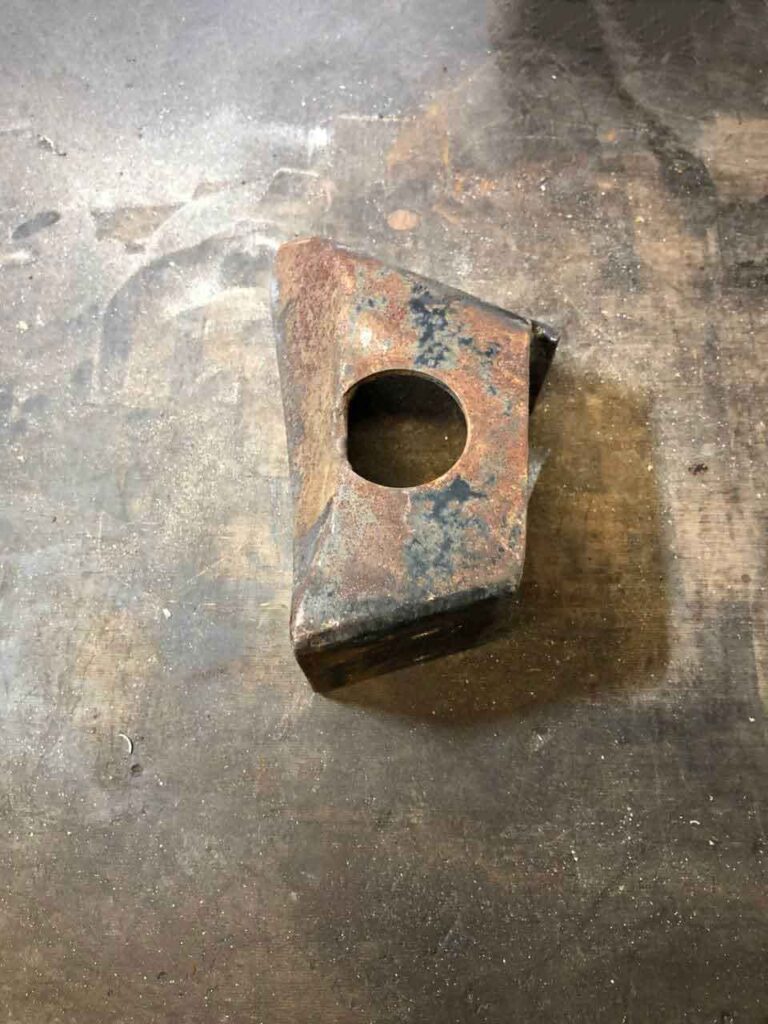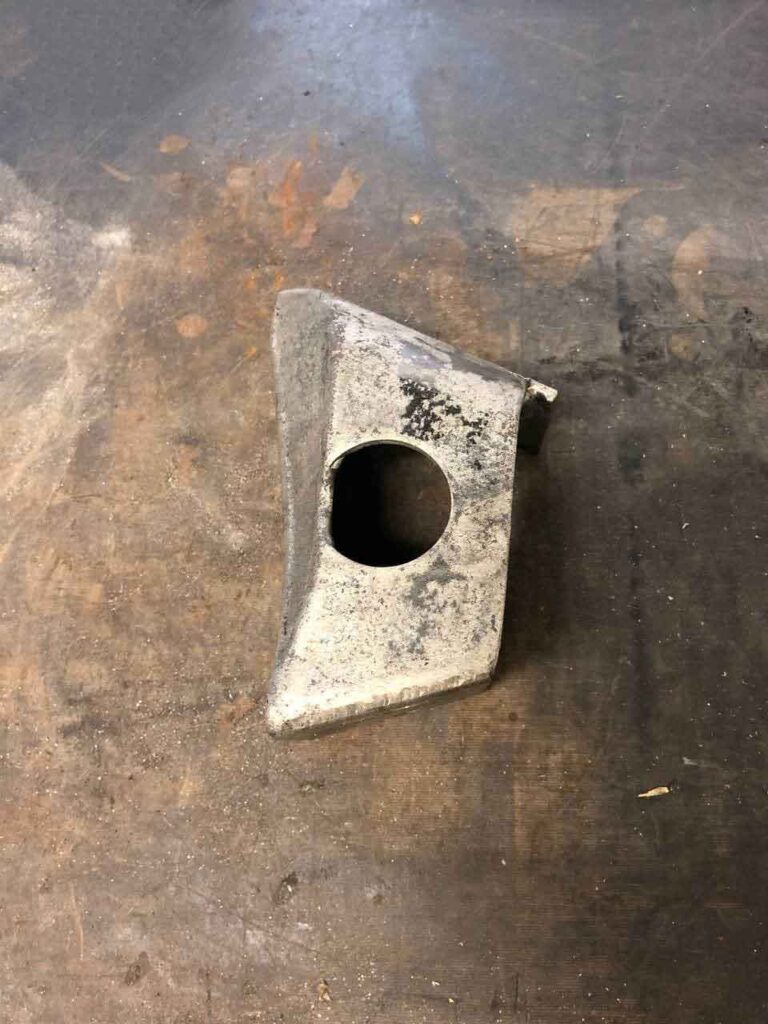Laser Cleaning FAQ
Understand our methods
Pulses of concentrated light are used to dislodge and evaporate EVERYTHING that is considered a contaminant during laser cleaning. That means rust, paint, grease, “mystery goo”, moss, lichen, etc. can be removed from metals, wood, plastic, stone, pavement, and more. All with a pass under the laser.


